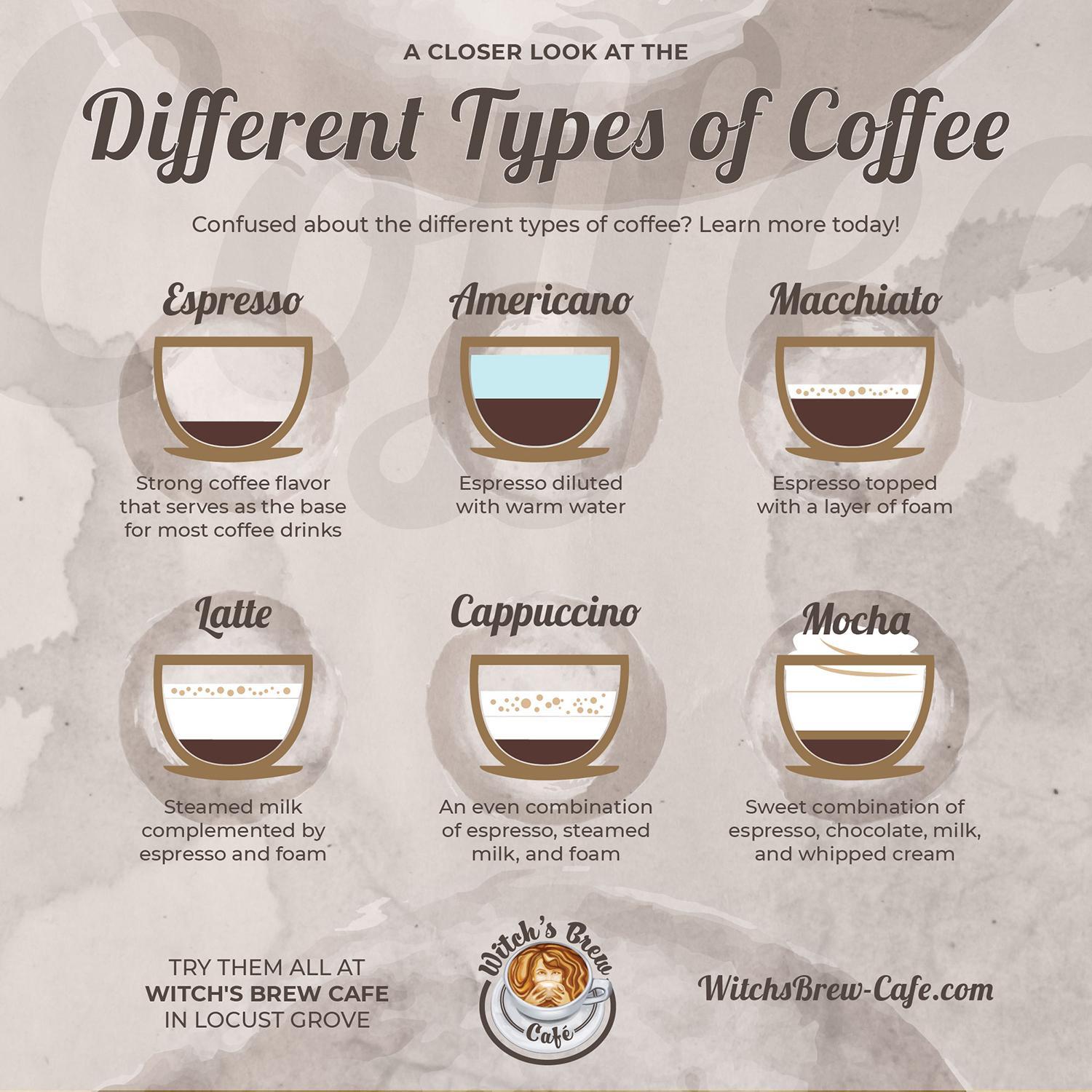As a passionate coffee lover, I often ponder: what truly separates coffee from espresso? While both beverages share a common origin in coffee beans, they diverge in flavor, texture, and caffeine concentration due to their unique preparation methods. From grind size to brewing techniques, understanding these distinctions can deepen your appreciation for both drinks. Uncover the advanced capabilities of the Philips 5500 LatteGo review
Whether crafted from Arabica or Robusta beans, both coffee and espresso involve combining ground coffee with water. However, the magic lies in how these elements are treated, influencing everything from taste to texture. Let’s explore what makes each drink special. Get a closer look at the features of the Philips 5400 LatteGo review
Brewing Techniques: The Defining Difference
The primary distinction between coffee and espresso lies in their brewing processes, which directly impact their taste, texture, and caffeine levels. Explore our top picks in the Best Automatic Espresso Machine review
When preparing coffee, methods like drip brewing, pour-over, and the French press are commonly employed. These techniques use coarser grounds and allow hot water to steep slowly, creating a smooth, balanced cup that's perfect for leisurely sipping. Find the perfect machine to beat the heat in the Best Iced Coffee Maker review
Espresso, on the other hand, demands precision and pressure. Nearly boiling water is forced through finely ground coffee at high pressure (around 9 bars) to produce a small, concentrated shot in just 25–30 seconds. This process creates a rich, bold drink topped with a signature golden crema. Dive into the best options for making lattes in the Best Latte Maker review
To put it simply, brewing coffee feels like soaking in a warm bath, while making espresso is akin to a quick, invigorating shower.
Grind Size: A Crucial Component
The grind size plays a pivotal role in differentiating coffee from espresso and directly impacts the flavor and consistency of each drink.
For coffee, a coarser grind is essential. This allows for slower extraction during brewing, which prevents over-extraction and bitterness, yielding a mild and smooth result.
Espresso calls for an ultra-fine grind. The high-pressure brewing process extracts the complex flavors in a short timeframe, resulting in a dense, full-bodied shot. Using the wrong grind size, such as a coarse grind for espresso, can lead to weak, watery results—a mistake I’ve learned to avoid!
Flavor Profiles: Mellow vs. Bold
Coffee’s flavor spectrum is vast and versatile. Depending on the brewing method, it can showcase floral, fruity, or earthy notes. The slower brewing process results in a balanced and smooth taste, making it an ideal choice for a relaxed experience.
Espresso, by contrast, is intensely flavorful and concentrated. Its pressurized brewing method amplifies the richness of the coffee, often bringing out bold notes like chocolate, nuts, or dark berries. The thicker texture and robust taste make it a favorite for those seeking a more intense flavor journey.
Personally, I turn to coffee for a calm, unwinding moment and espresso for an energizing burst of flavor.
Caffeine Levels: Concentrated vs. Complete
While espresso is known for its bold taste, it doesn't necessarily pack more caffeine than coffee overall—it’s just more concentrated.
A single shot of espresso (1 ounce) typically contains around 63 milligrams of caffeine. By comparison, an 8-ounce cup of drip coffee delivers approximately 95 milligrams of caffeine. So, while espresso offers a quick and intense caffeine boost, coffee provides a steadier, longer-lasting energy source.
When I need sustained energy throughout the day, I opt for coffee. For a quick pick-me-up, espresso is my drink of choice.

The Crema: A Mark of Espresso Excellence
Espresso’s hallmark is its crema—the golden foam layer formed during the high-pressure brewing process. This creamy topping results from the emulsification of the coffee’s oils and adds depth and texture to the shot.
Coffee, brewed without pressure, lacks this distinctive layer. For me, crema symbolizes the artistry of espresso and enhances the overall drinking experience.
Versatility: Espresso Takes the Lead
Both coffee and espresso shine on their own, but espresso offers unmatched versatility in creating other beverages.
Coffee is often enjoyed black or with cream and sugar, while espresso serves as the foundation for a variety of drinks, including lattes, cappuccinos, macchiatos, and Americanos. Its concentrated flavor pairs beautifully with steamed or frothed milk, making it the base for many beloved coffeehouse classics.
I love experimenting with espresso-based drinks at home, tailoring flavors and textures to suit my mood.

Conclusion: Choosing Between Coffee and Espresso
Coffee and espresso, though originating from the same beans, deliver entirely distinct experiences due to their brewing methods, grind sizes, and flavor profiles. Coffee’s slow-brewing process results in a smooth, mellow drink perfect for leisurely enjoyment, while espresso’s high-pressure preparation creates a bold, concentrated shot that’s ideal for quick energy or creative beverages.
Ultimately, your choice comes down to personal preference and the experience you crave. Coffee offers a comforting ritual, while espresso delivers intensity and variety. For me, alternating between these two allows me to savor the best of both worlds in my daily routine.
